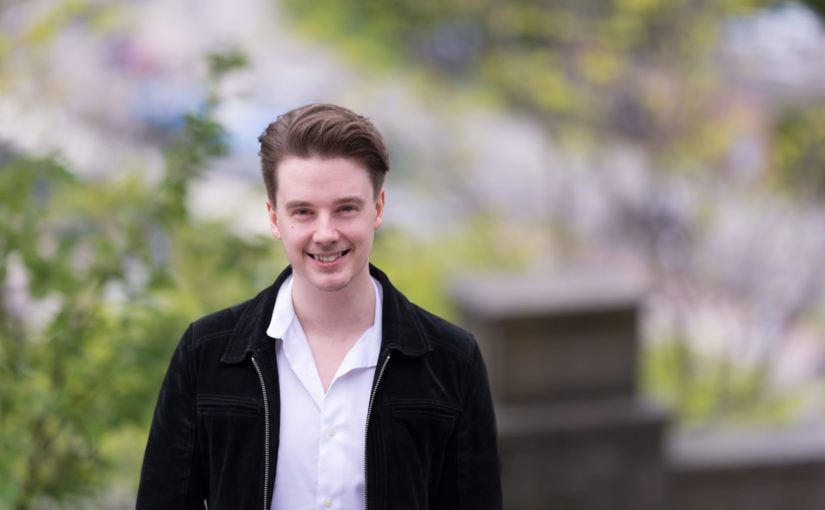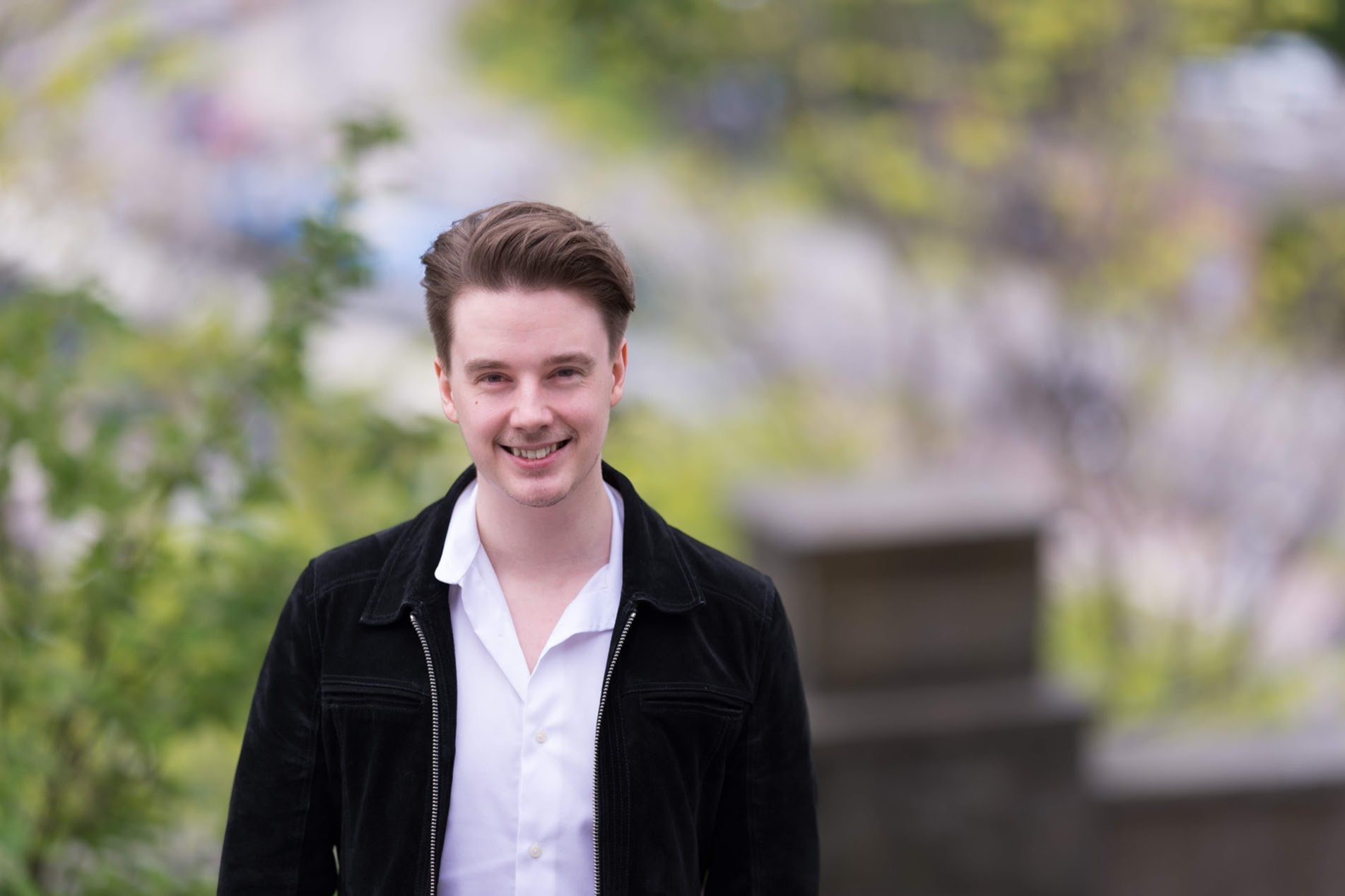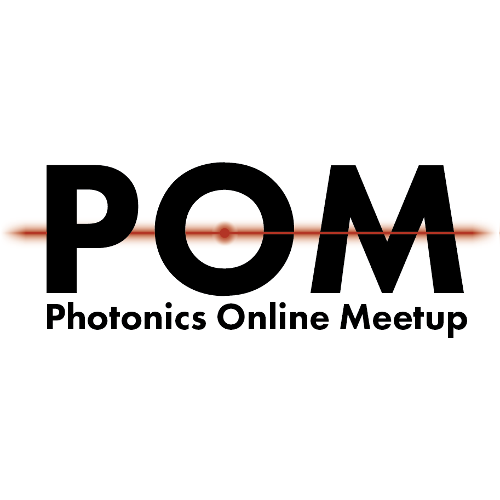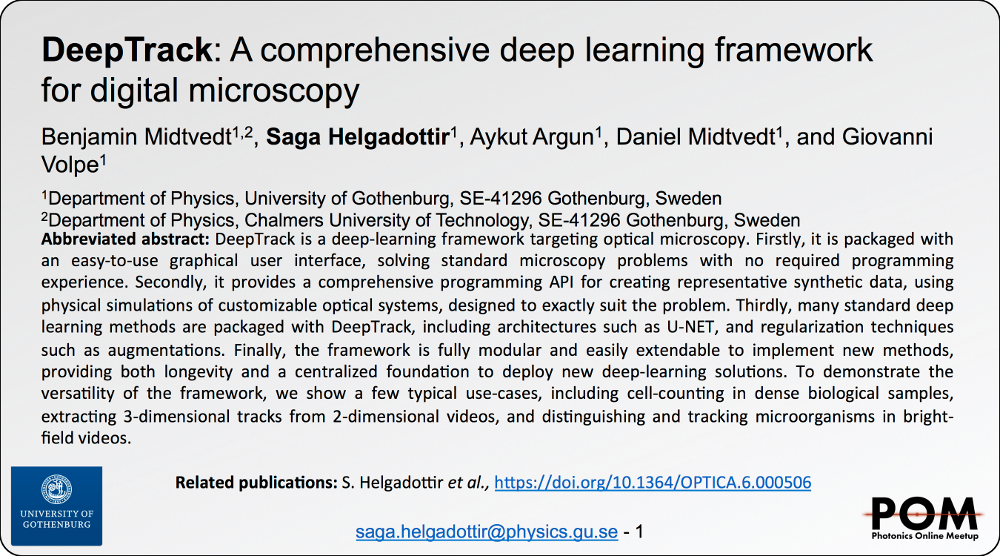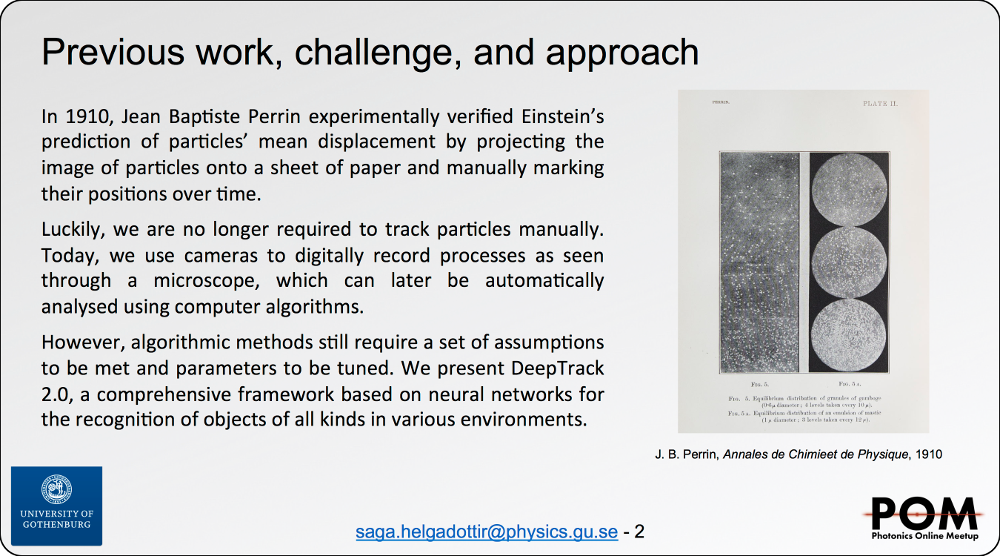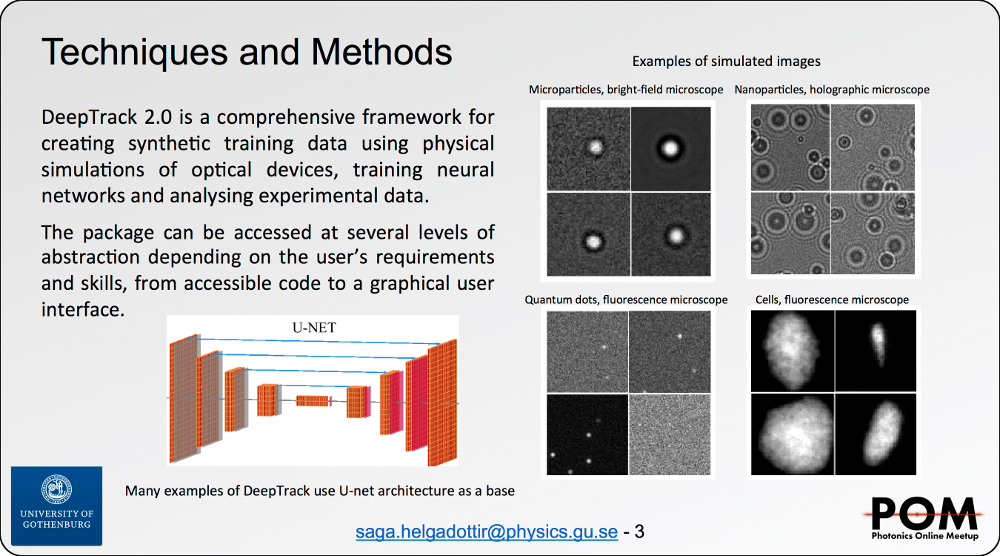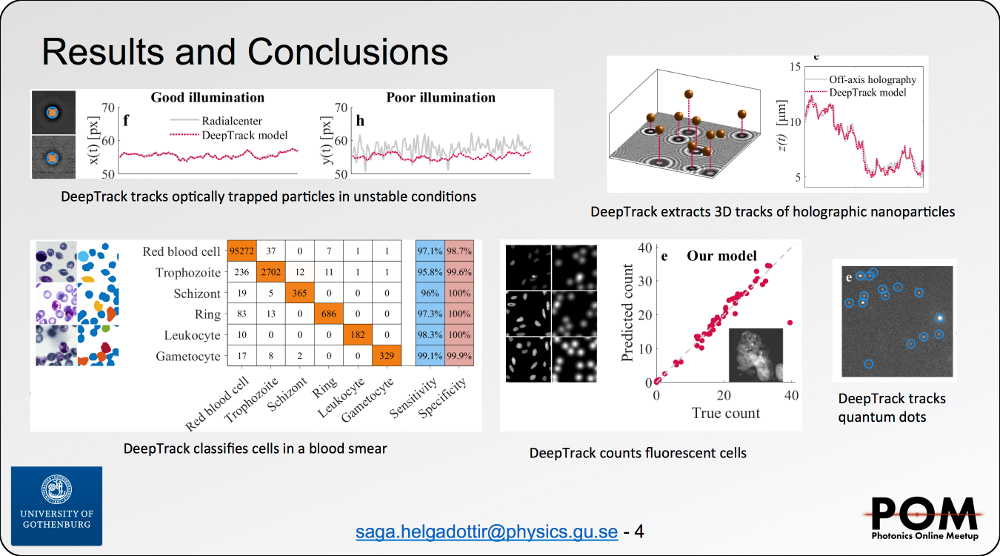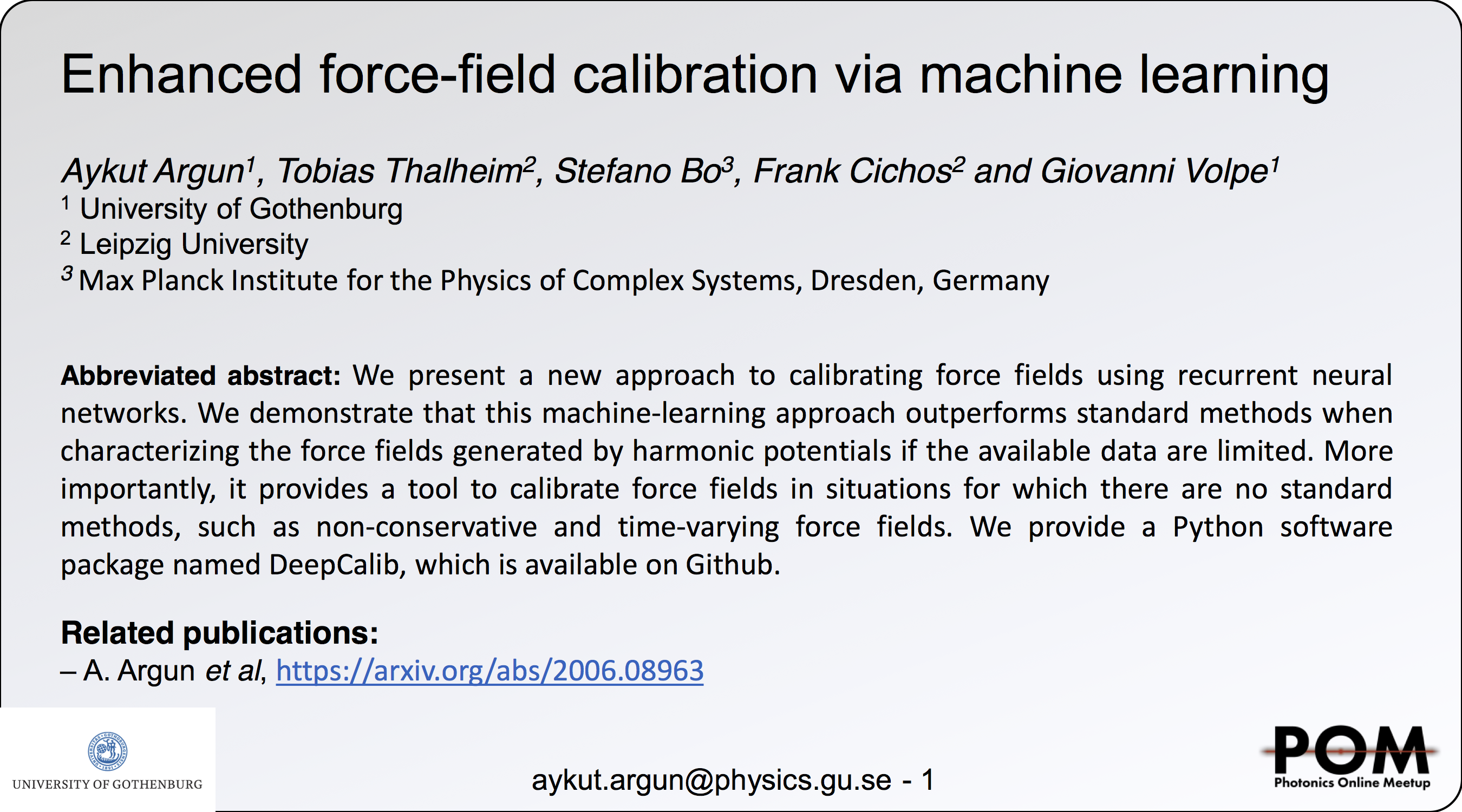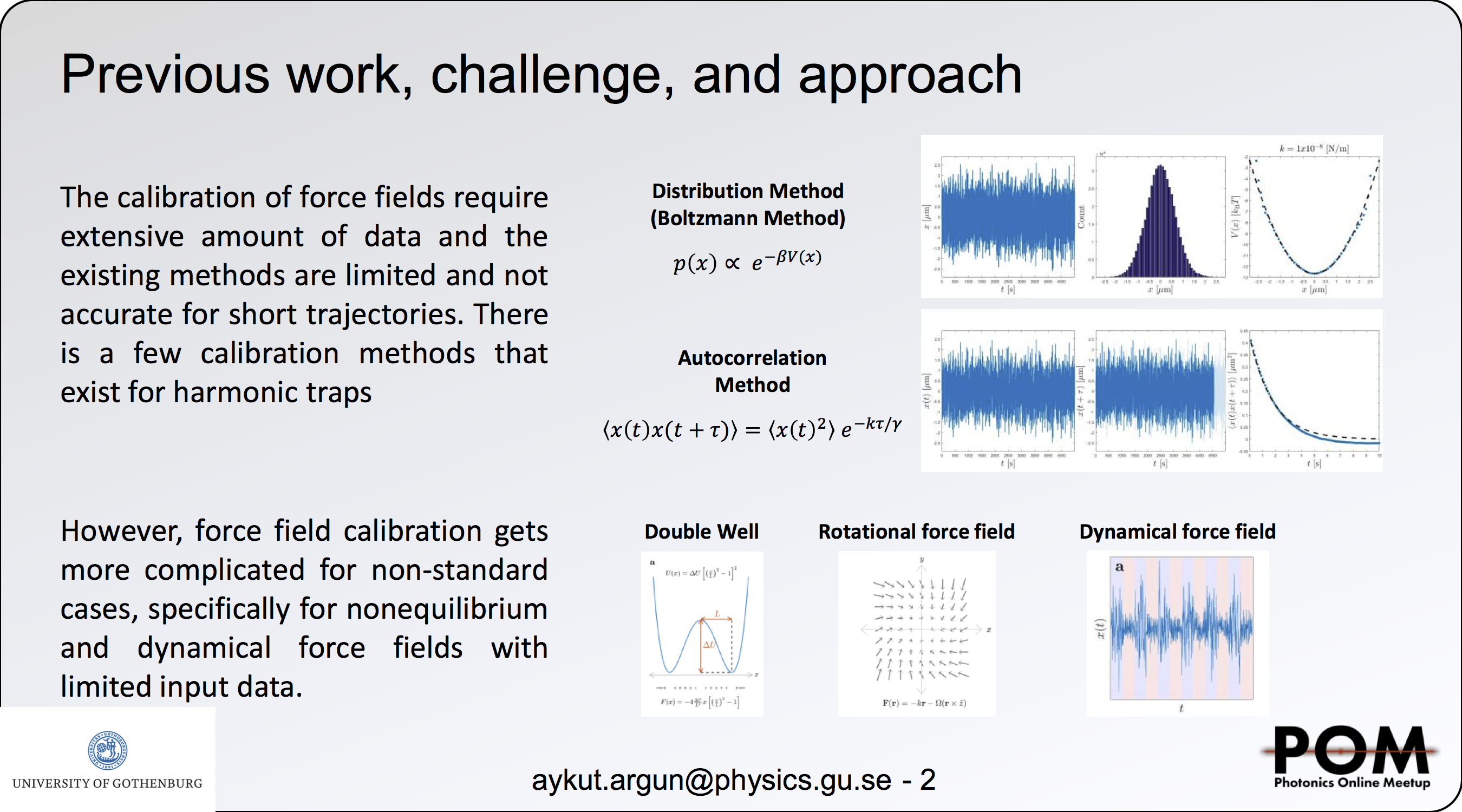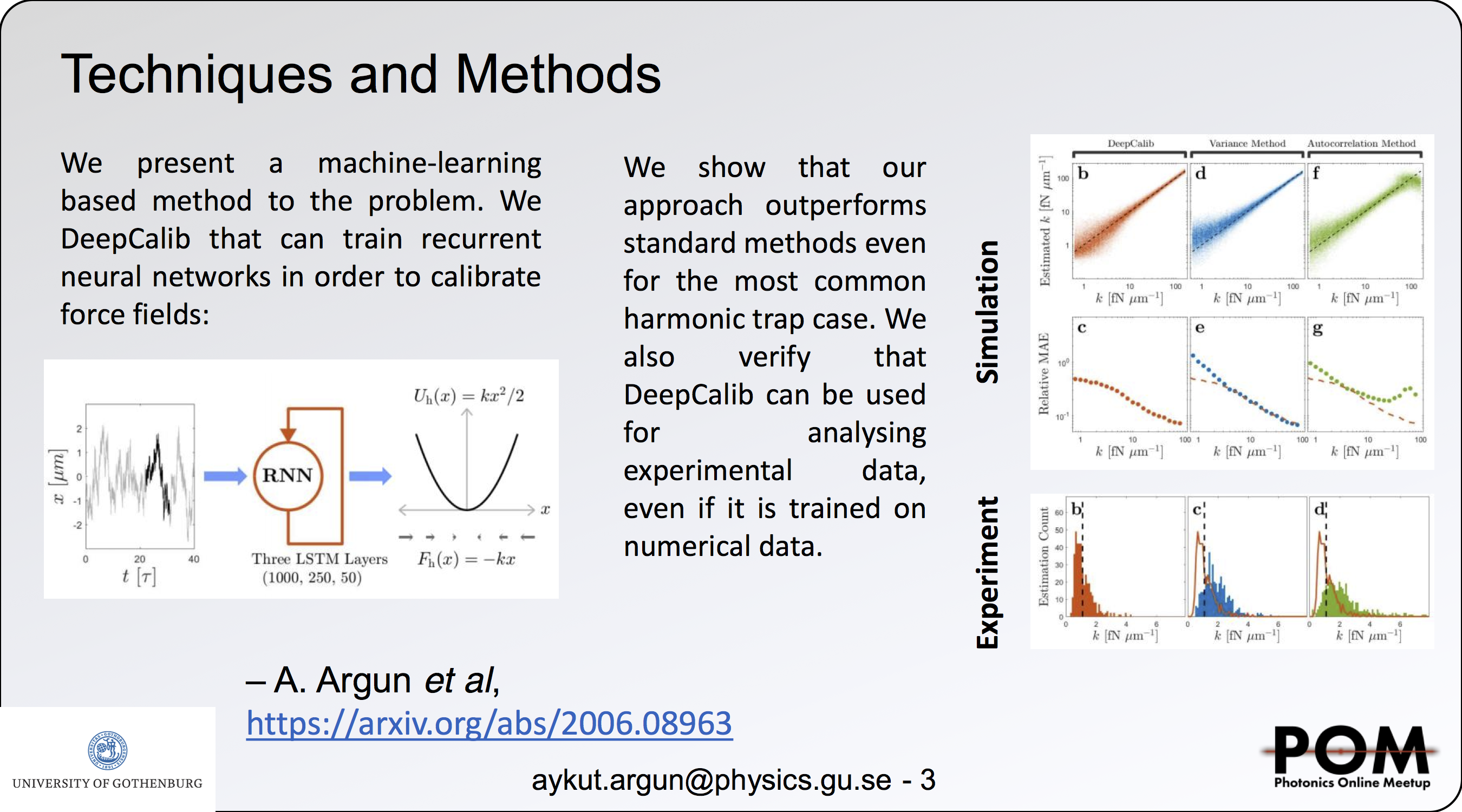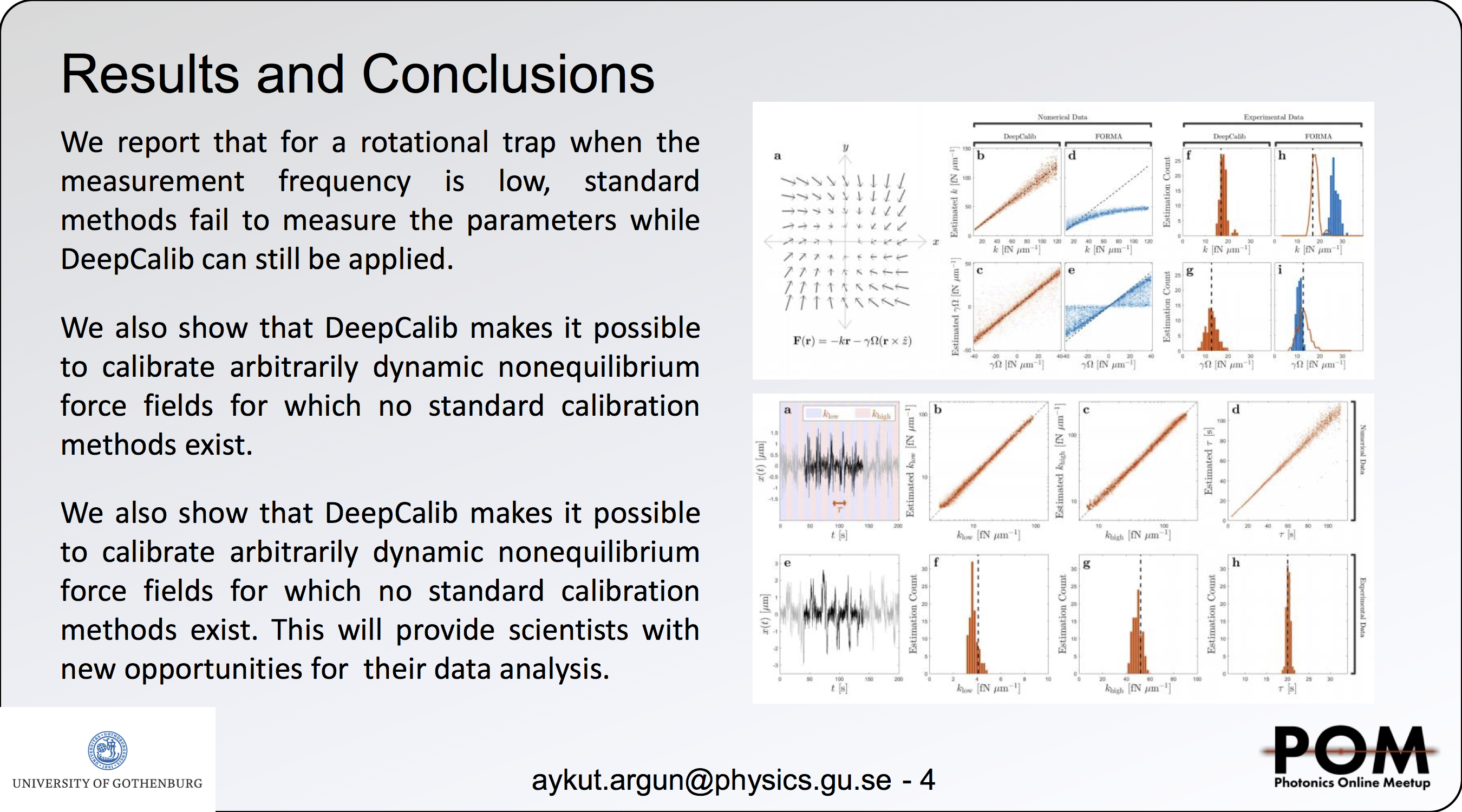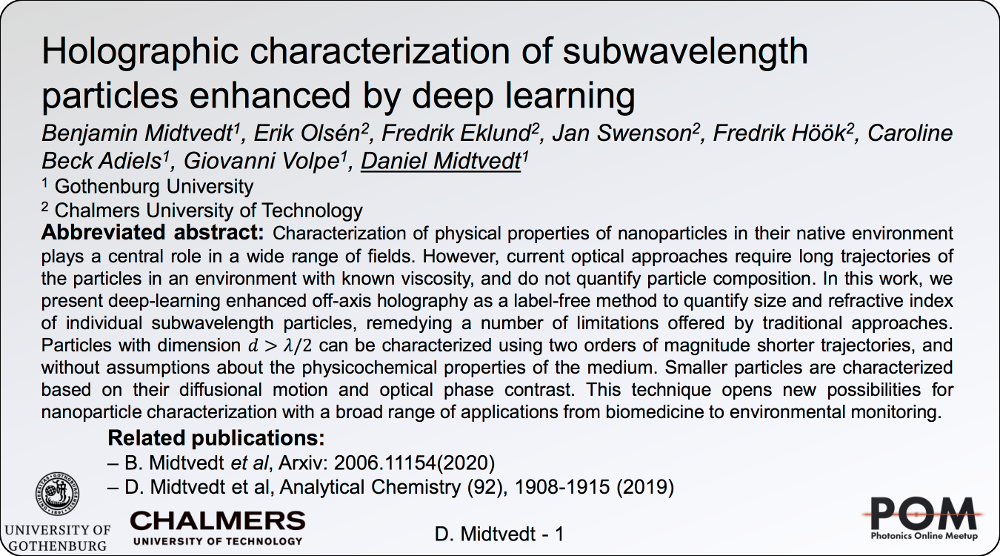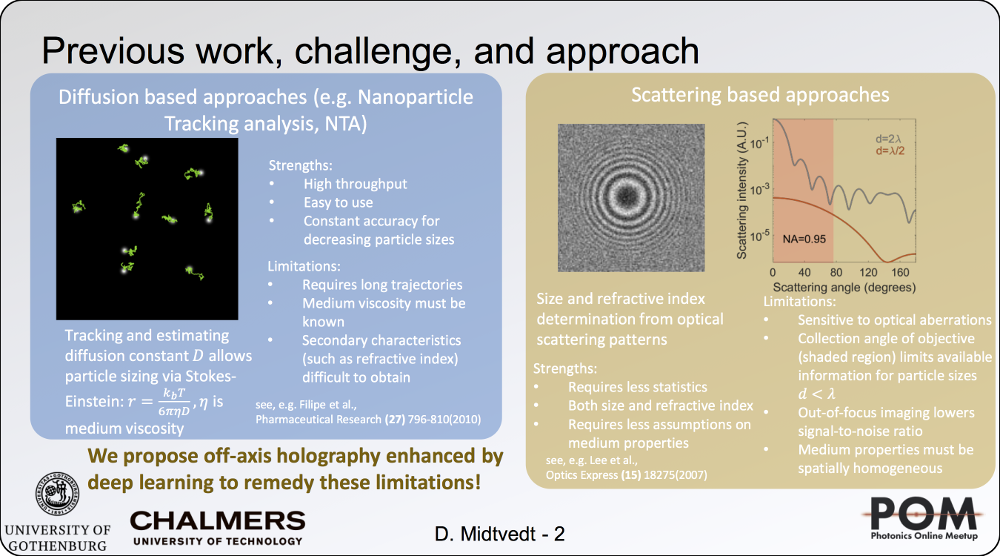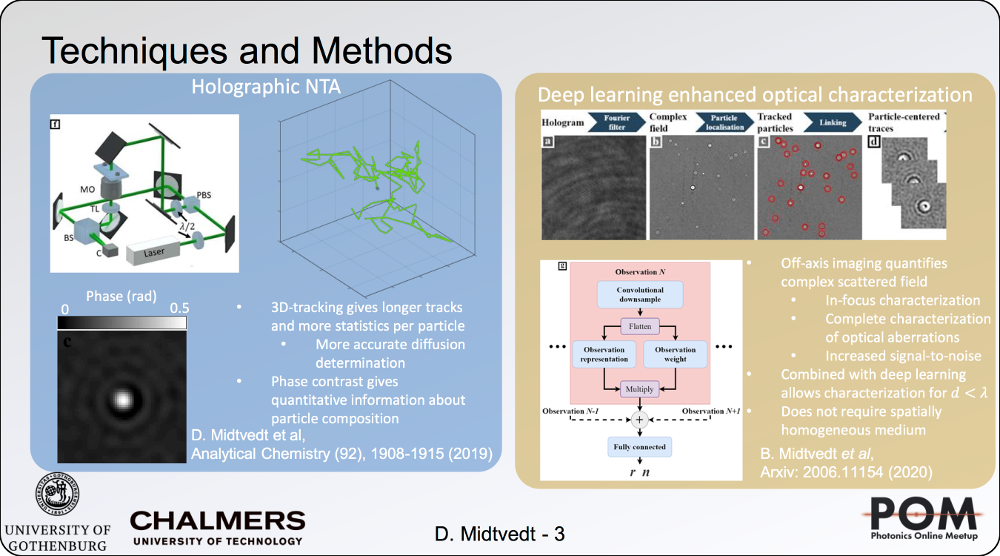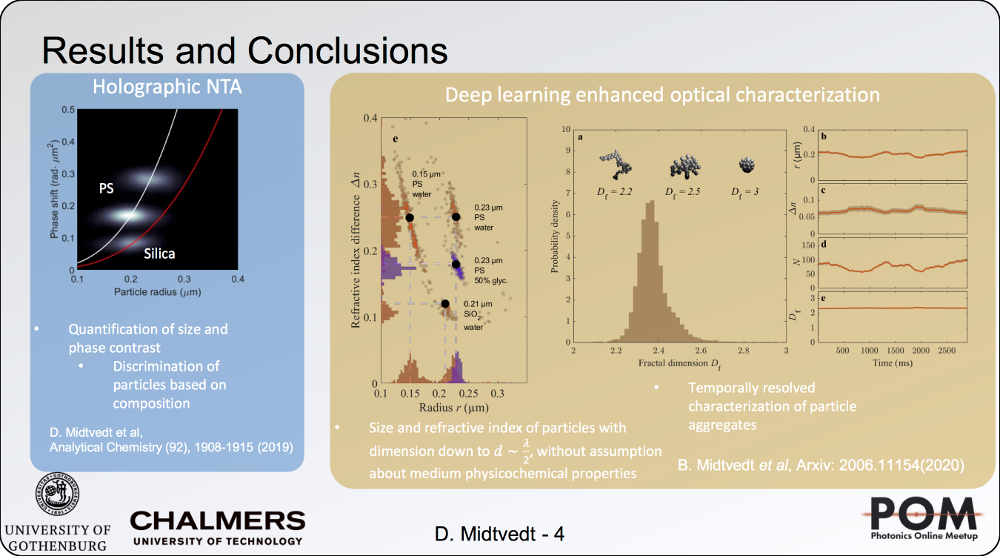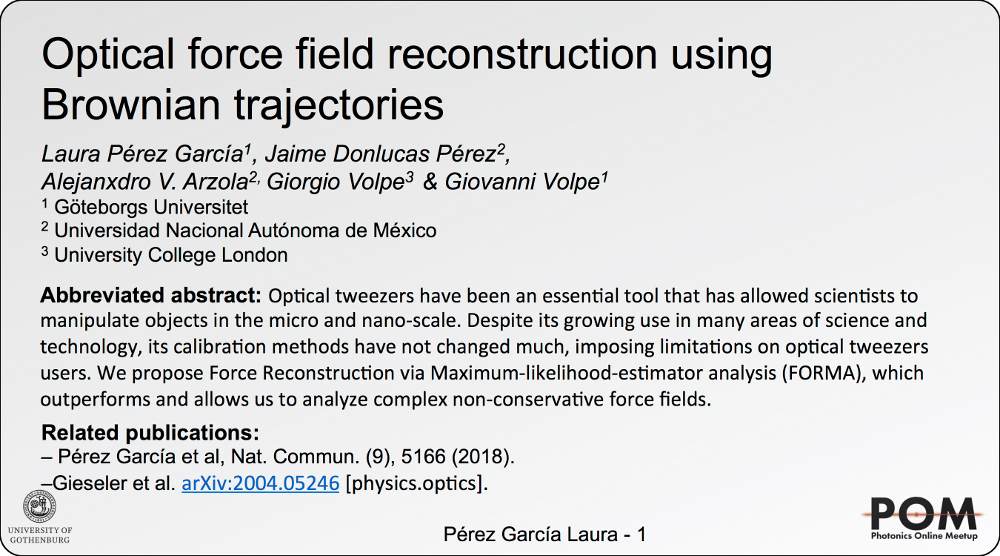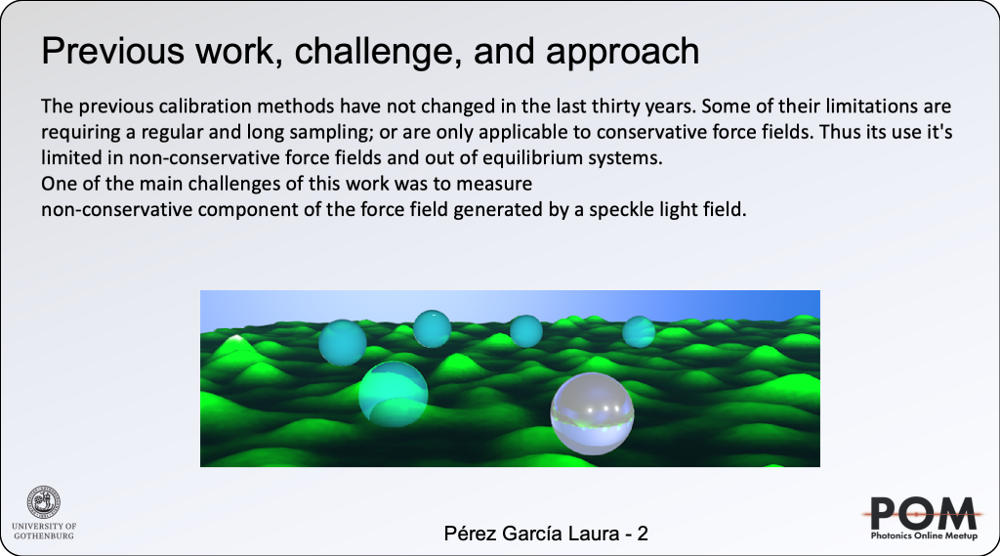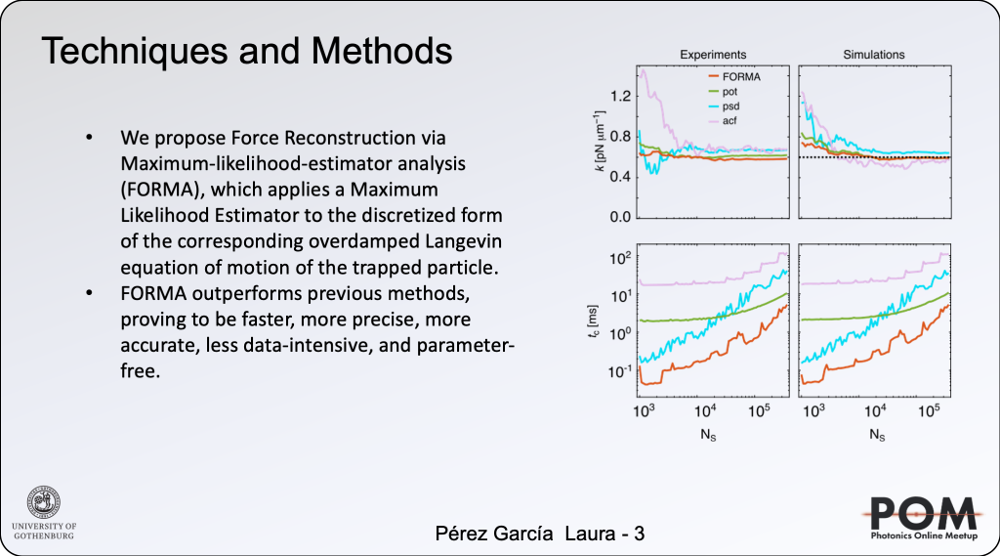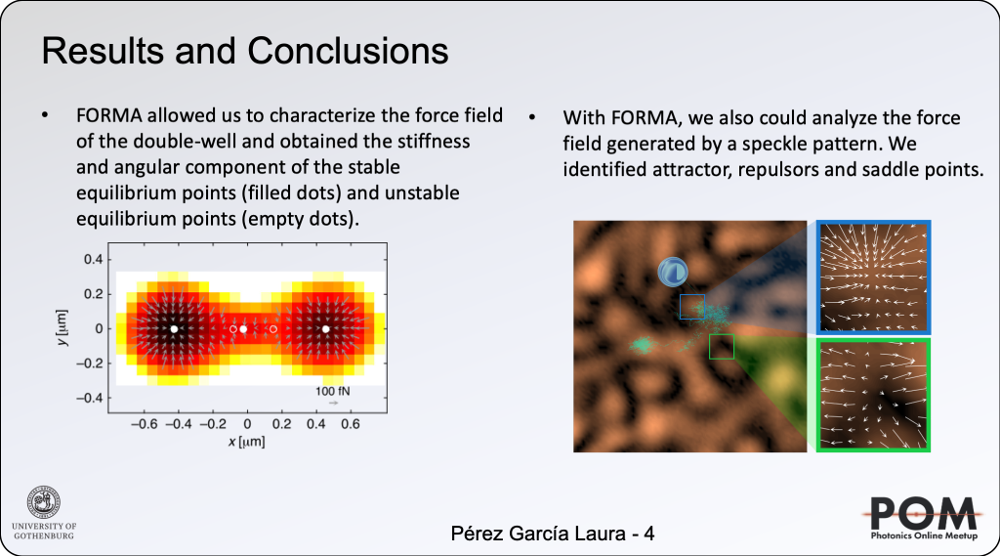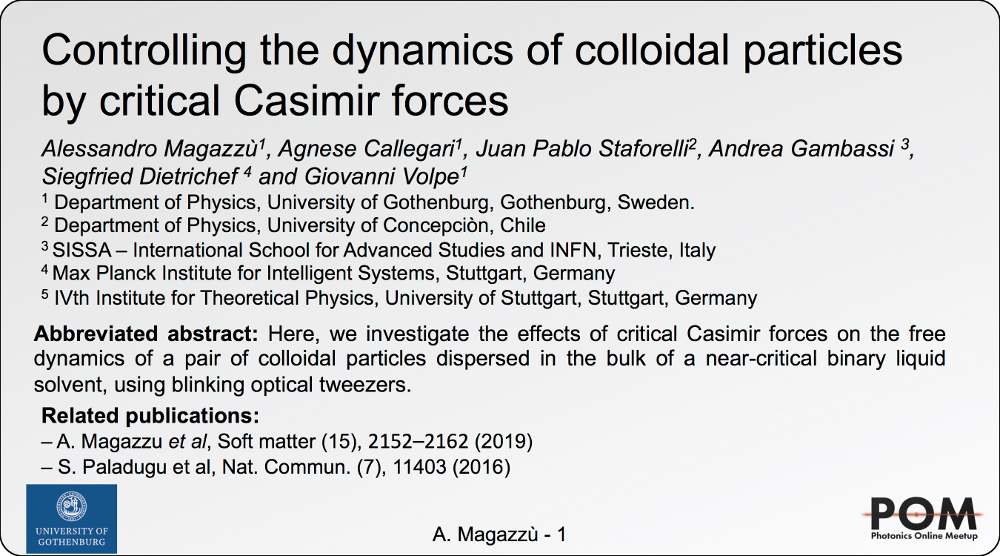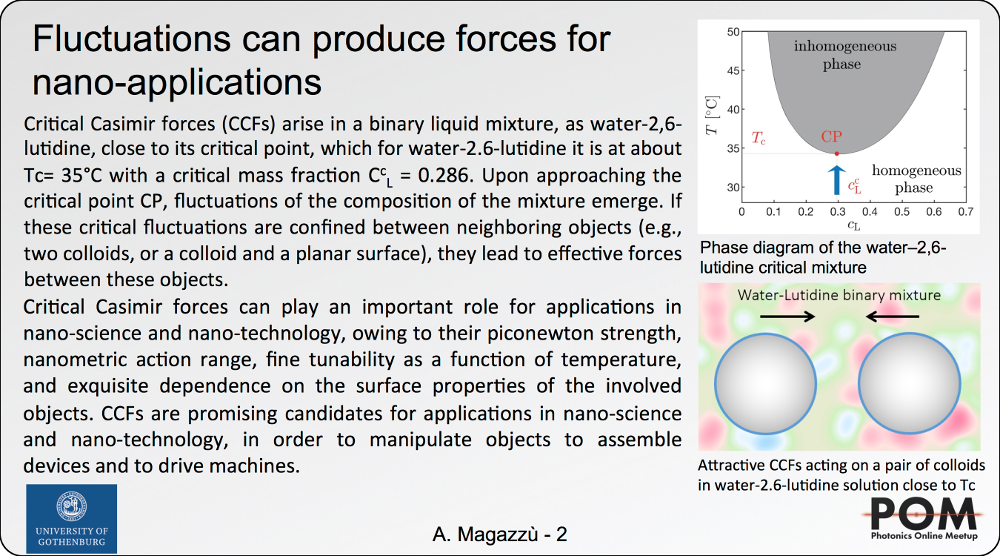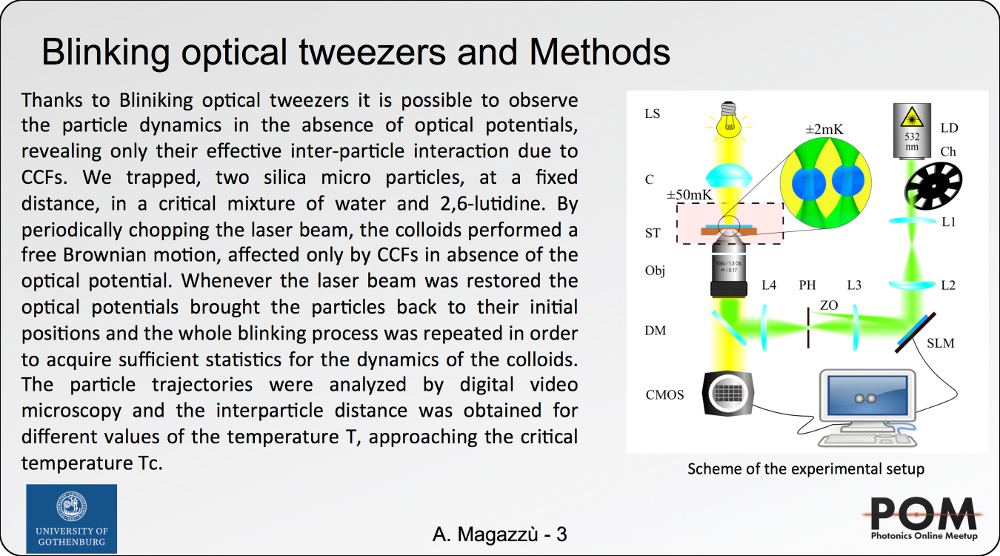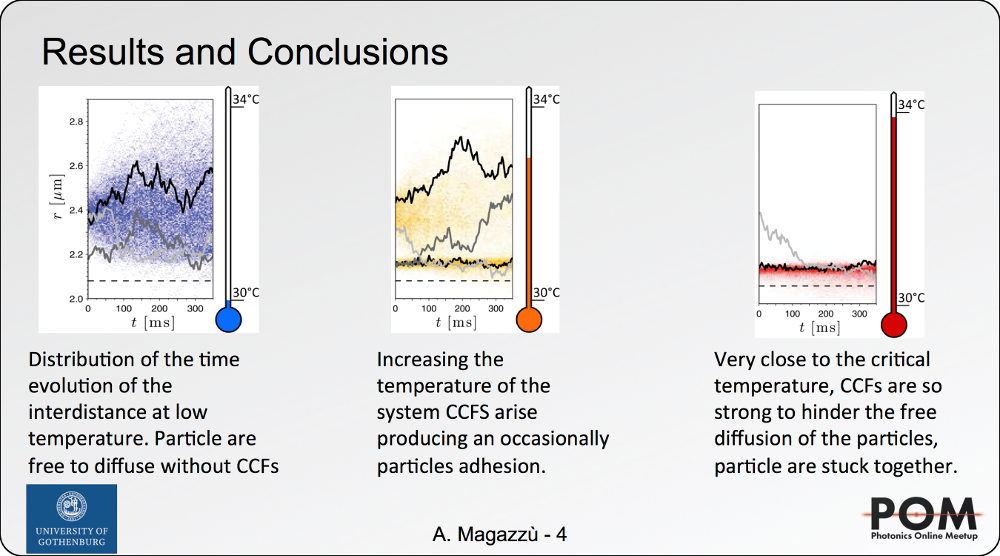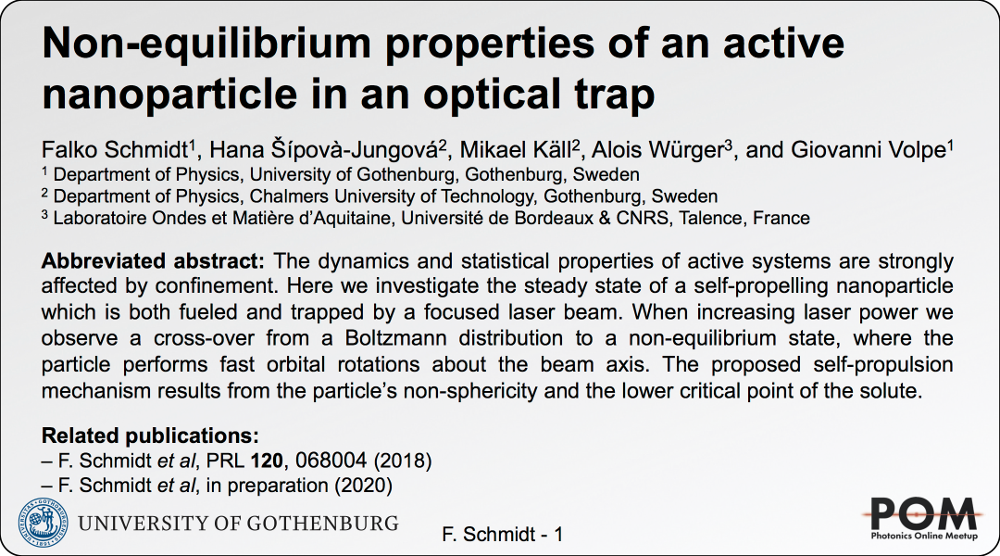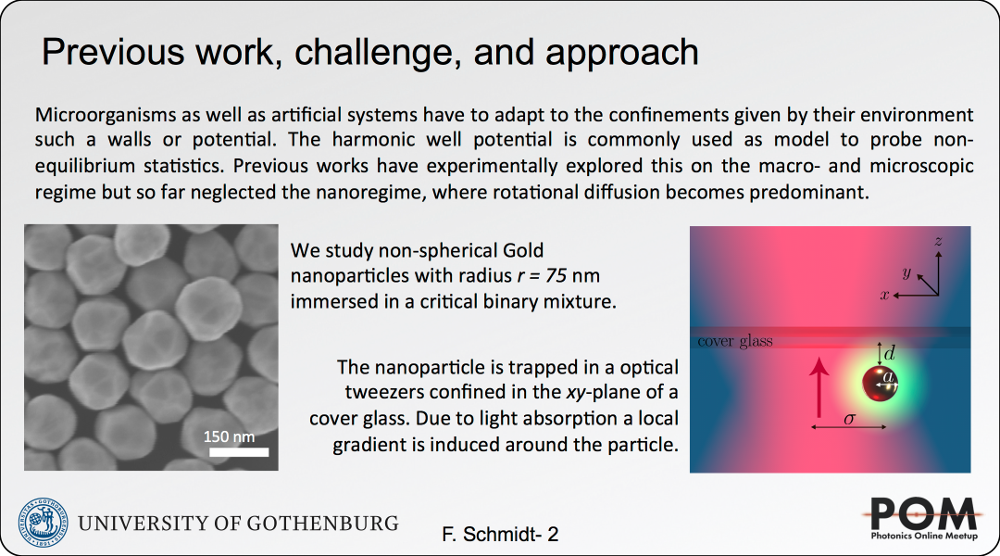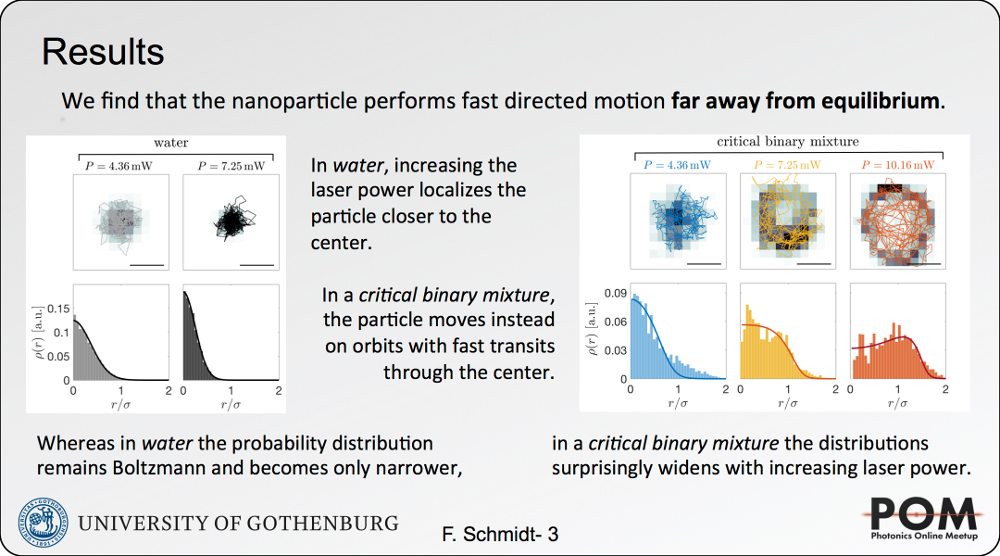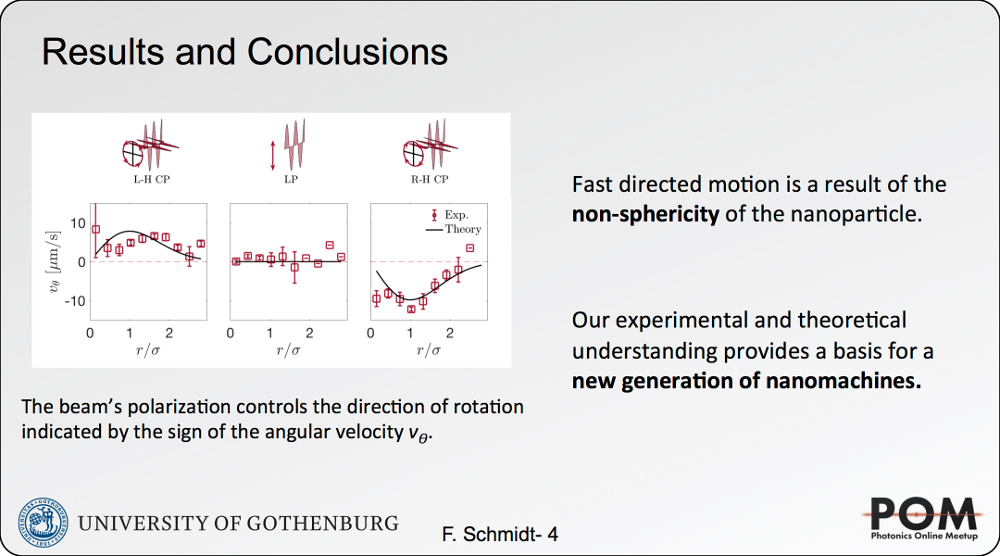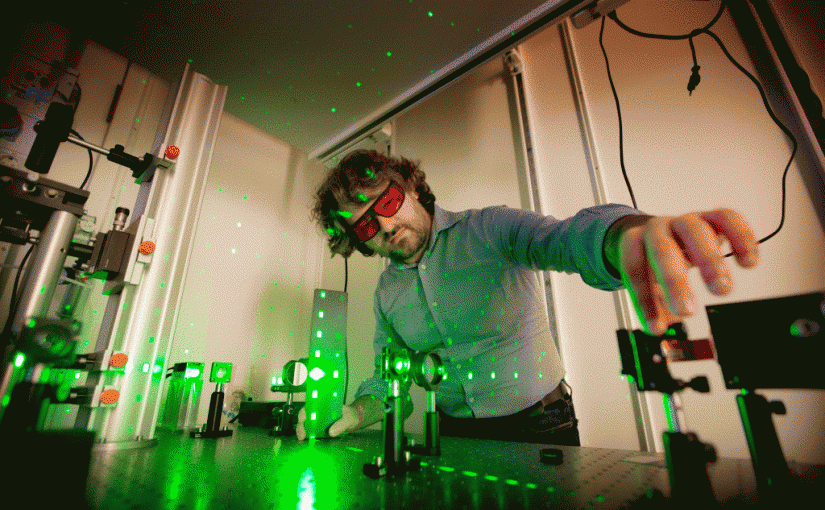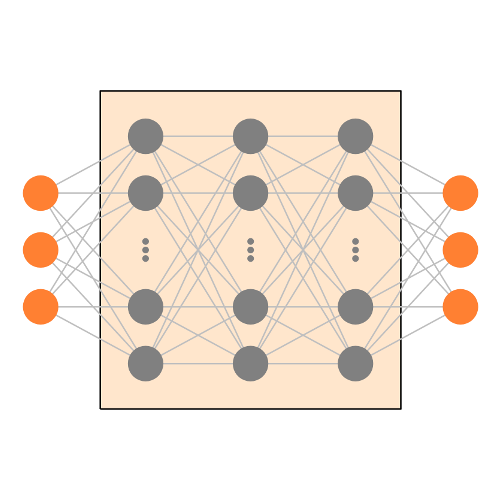
Machine learning reveals complex behaviours in optically trapped particles
Isaac C. D. Lenton, Giovanni Volpe, Alexander B. Stilgoe, Timo A. Nieminen & Halina Rubinsztein-Dunlop
Machine Learning: Science and Technology, 1 045009 (2020)
doi: 10.1088/2632-2153/abae76
arXiv: 2004.08264
Since their invention in the 1980s, optical tweezers have found a wide range of applications, from biophotonics and mechanobiology to microscopy and optomechanics. Simulations of the motion of microscopic particles held by optical tweezers are often required to explore complex phenomena and to interpret experimental data. For the sake of computational efficiency, these simulations usually model the optical tweezers as an harmonic potential. However, more physically-accurate optical-scattering models are required to accurately model more onerous systems; this is especially true for optical traps generated with complex fields. Although accurate, these models tend to be prohibitively slow for problems with more than one or two degrees of freedom (DoF), which has limited their broad adoption. Here, we demonstrate that machine learning permits one to combine the speed of the harmonic model with the accuracy of optical-scattering models. Specifically, we show that a neural network can be trained to rapidly and accurately predict the optical forces acting on a microscopic particle. We demonstrate the utility of this approach on two phenomena that are prohibitively slow to accurately simulate otherwise: the escape dynamics of swelling microparticles in an optical trap, and the rotation rates of particles in a superposition of beams with opposite orbital angular momenta. Thanks to its high speed and accuracy, this method can greatly enhance the range of phenomena that can be efficiently simulated and studied.
